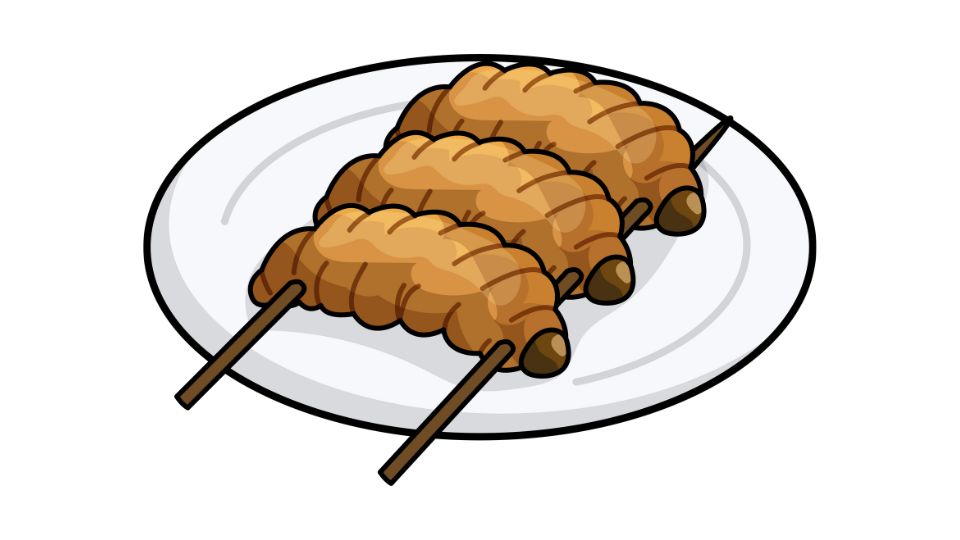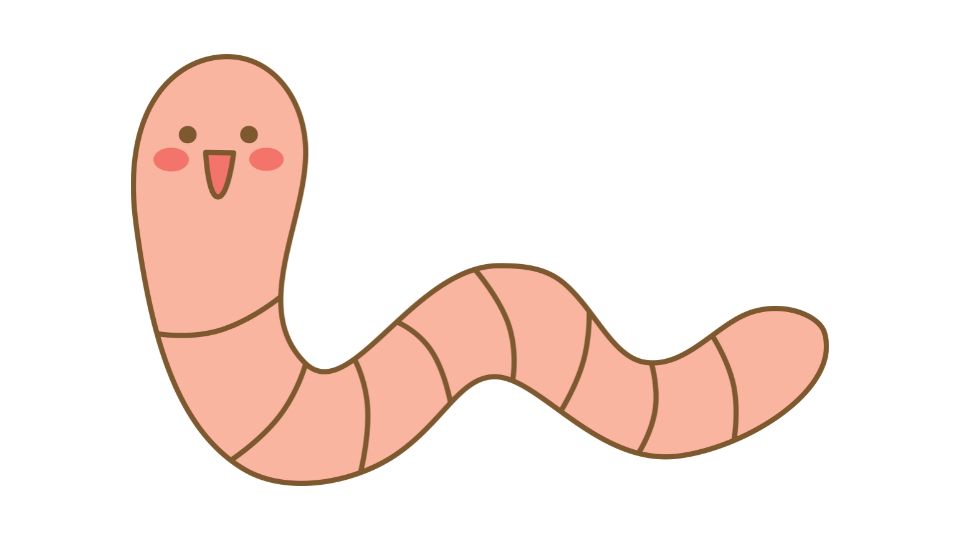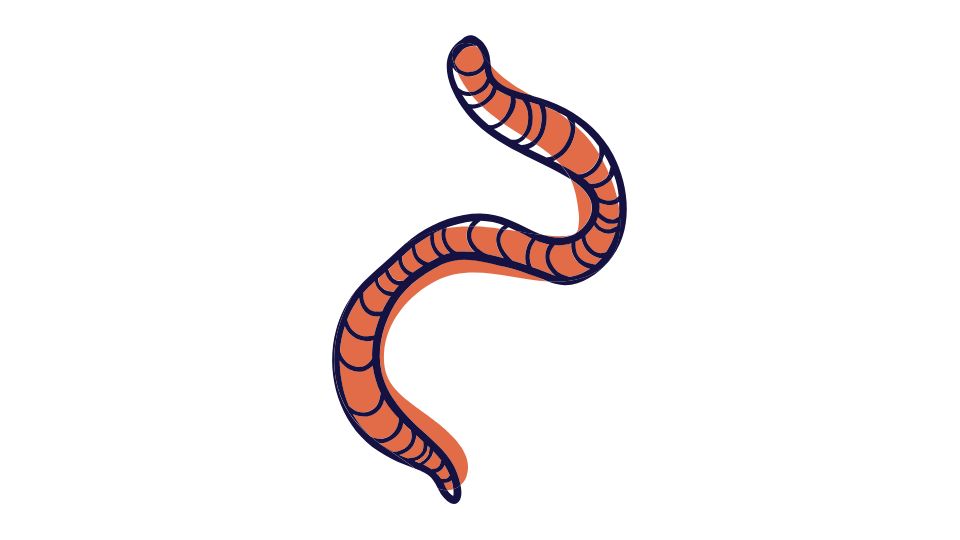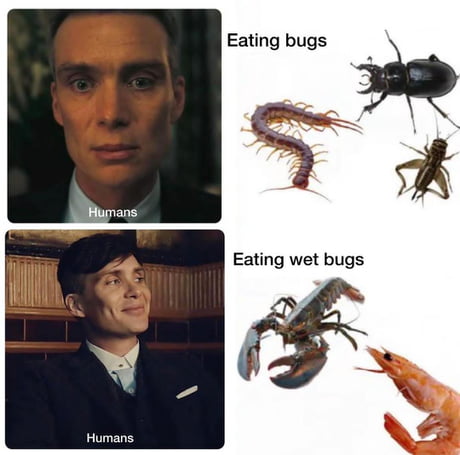Pros and Cons of Mealworm Protein

Mealworm protein is having a moment right now.
And maybe that’s not a surprise. With everyone from bodybuilders to environmentalists looking for sustainable protein sources, these little critters might just be the future of food.
But before you start crunching on worms instead of whey protein, let’s dig into what makes mealworm protein interesting – and why you might (or might not) want to add it to your diet.
The Pros (AKA why bug protein might not be so crazy after all)

It’s stupidly nutritious
Mealworm protein is no joke when it comes to nutrition. We’re talking:
- Up to 70% protein by weight (that’s a LOT)
- Contains all nine essential amino acids your body needs
- Nutritionally comparable to dairy proteins like milk and whey
These little larvae are basically tiny protein bombs. And not just any protein – complete protein with all the amino acids your muscles need for repair and growth.
Mother Earth approves
If you care about the planet (and you should), mealworm protein deserves your attention:
- Requires way less land than traditional livestock
- Needs significantly less water than beef, pork, or chicken
- Uses minimal feed compared to other protein sources
In a world where we’re running out of resources, mealworms offer protein production that doesn’t destroy the planet. That’s a big win.
More than just protein
These bugs bring more to the table than just muscle-building power:
- Healthy fats
- Vitamins and minerals
- Chitin (from their exoskeletons) that might boost gut health
It’s like nature’s multivitamin wrapped in a tiny package.
Flexibility for days
Mealworm protein isn’t just for the hardcore bug-eaters. It can be processed into:
- Protein powders
- Food ingredients
- Pet food supplements
This means you can get the benefits without actually crunching on whole bugs (although you could if you wanted to, you adventurous soul).
The Cons (Because nothing’s perfect)

Slightly less digestible
While mealworm protein has great amino acids, there’s a small catch:
- The chitin in the exoskeletons might slightly reduce digestibility
- Your body might not absorb it quite as efficiently as whey protein
But don’t worry too much – research shows it’s still pretty comparable to milk protein for muscle synthesis and overall efficiency.
The “ick” factor is real
Let’s be honest: the biggest challenge is all in our heads.
In many Western cultures, eating bugs still feels like something from Fear Factor, not your daily protein shake. This psychological barrier is probably the biggest hurdle for mealworm protein to overcome.
Regulatory headaches
The government is still catching up:
- Approved for human consumption in the EU
- But regulations vary significantly by country
- Some places still haven’t given the green light
This patchwork of rules makes it harder for mealworm products to scale globally.
Your wallet might feel the pinch
Right now, mealworm protein isn’t the cheapest option:
- Higher production costs than traditional proteins
- New technology always costs more initially
- Prices should drop as production scales up
This could make it less accessible for budget-conscious consumers at first.
The Future of Bug Protein

Companies like Protifarm and Ÿnsect are going all-in on mealworm products, and for good reason. As sustainability becomes more critical, these little larvae could become a major player in the protein market.
And it’s not just for bodybuilders – Is Protein Powder Made from Worms? shows how these alternative proteins are entering mainstream nutrition conversations.
For those interested in how this fits into a balanced approach to fitness, check out Nutrition and Exercise: A Balanced Approach.
The Bottom Line on Bug Protein

So are mealworms the future of protein? Maybe.
They’re nutritious, sustainable, and versatile – that’s the trifecta of what we need in future food sources.
But they’re also fighting against centuries of cultural programming that says “bugs aren’t food.”
My take? Mealworm protein is worth watching (and maybe trying if you’re adventurous). It solves real problems in our food system, and as global protein demand continues to rise, solutions like this will become increasingly important.
The biggest question isn’t whether mealworm protein works – it’s whether we can get over our squeamishness long enough to give it a chance.

